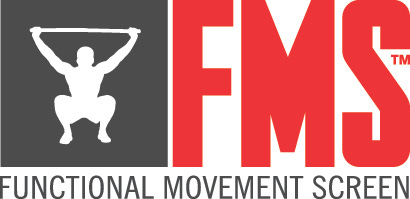
Ever hit the biking trails with a flat tire? Perhaps you pushed onwards anyways. So what right? You are almost home. In the midst of your trek, you noticed that the flat tire spread its problems around the bike just a little more than you expected:
The spokes sustained more than normal wear, and the rim lost its roundness. Needless to say, it was hard to forget the difficulty in pushing through the trails with a less than optimally pressured tire.
If only you checked the tire pressure before you left, and gave the bike a “once over” with your eyes to make sure the structure of the bike was solid before you imposed additional outside forces on top of it.
Well folks, our bodies are not that entirely different from the bike. The analogy holds well, because all to often we subject our musculoskeletal system (frame) to a myriad of activities that it isn’t ready for.
The body has sneaky methods for pushing onwards when its frame is bent out of shape. We call them movement compensations; a fancy way of saying the body will do what it has to do to keep moving. However, just like the bike, something (or perhaps many things) will eventually give.
That’s precisely why a full body movement assessment is so important, BEFORE anything else commences. Because it doesn’t matter how strong, quick, powerful, or agile you are, or want to become; all of these different movements and forces pass through the frame.
Other Benefits
Movement screens help uncover problems before they get worse. They allow the exercise professional the opportunity fix and improve dysfunctional movements in the body, before we begin layering strength, power, and quickness on top of it. And if you move easier, you operate more efficiently and last longer at the activities you love to do.
Movement assessments also allow us to figure out the appropriate exercises to prescribe to fix the impairment. And be warned, because a muscle is sore doesn’t mean it is the source of the problem.
Remember the bike. If we looked at the spokes or the rim, we could replace them, right? But if we keep the tire flat, those problems will return. My point: you must find the source of the problem. Assessments allow us to do that.
Are All Assessments Created Equally?
Unfortunately, no. An Exercise Professional (preferably a Kinesiologist, Exercise Physiologist, Strength and Conditioning Specialist to name a few) should be the start. They have a strong background in anatomy, biomechanics and physiology to get things rolling. Secondly, make sure they have spent time studying movement assessments specifically. See where they have studied up from and don’t be afraid to ask. After all, you are spending good money for an equally good service in return. Best of luck!
Michael McIsaac
Certified Exercise Physiologist
Certified Strength and Conditioning Specialist
